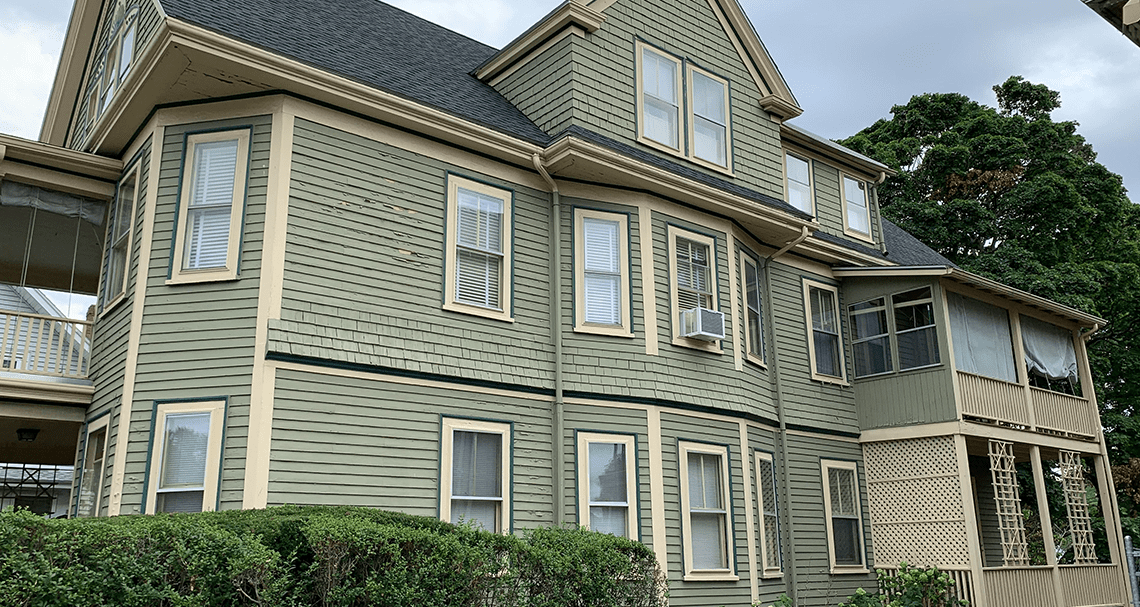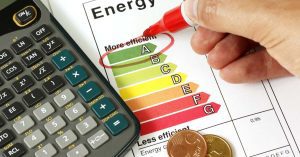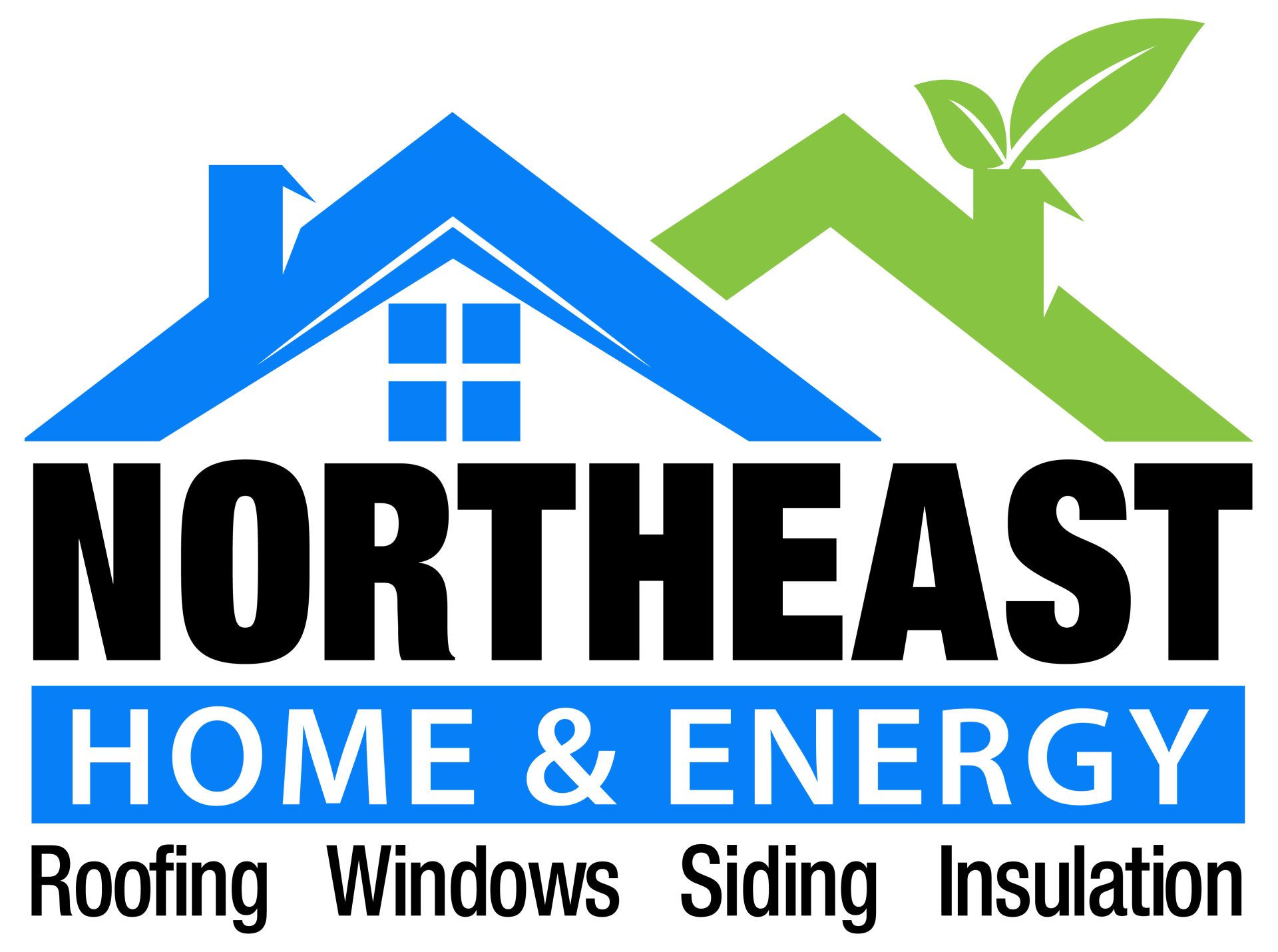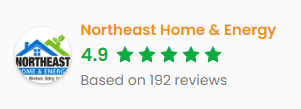
As a homeowner, you’re constantly seeking ways to make your home more energy-efficient. One area you might not have considered is your home’s exterior, particularly the siding. Vinyl siding has been a popular choice for homeowners for its durability and aesthetics, but is it also energy-efficient? In this blog, we’ll explore the energy efficiency of vinyl siding and how it can contribute to a more comfortable and cost-effective home.
Improved Thermal Performance

The added insulation helps reduce heat transfer through your walls, making it easier to maintain a consistent indoor temperature. This means your home stays cooler in the summer and warmer in the winter, requiring less energy for heating and cooling.
Energy Cost Savings

By reducing your reliance on heating and cooling systems, insulated vinyl siding can lead to substantial energy cost savings over time. It can also help extend the lifespan of your HVAC equipment.
Enhanced Comfort
A more stable indoor temperature means greater comfort for you and your family, with fewer drafts and temperature fluctuations.
Energy Efficiency Ratings
To assess the energy efficiency of vinyl siding, look for products with recognized energy performance ratings, such as the R-value. R-value measures a material’s resistance to heat transfer, with higher values indicating better insulation properties. Quality insulated vinyl siding can have R-values ranging from 3 to 5 or more.
Additional Benefits of Vinyl Siding

Beyond its insulation properties, vinyl siding offers other advantages that contribute to energy efficiency:
Low Maintenance: Vinyl siding doesn’t require painting or staining, reducing the need for energy-intensive maintenance tasks.
Reflective Colors: Light-colored vinyl siding reflects sunlight, reducing heat absorption and helping keep your home cooler in hot weather.
Durability: Vinyl siding is resistant to moisture, pests, and rot, ensuring that your siding remains efficient over time.
Vinyl Siding and Energy Efficiency
In conclusion, vinyl siding can be an energy-efficient choice for your home, particularly when you opt for insulated vinyl siding with a higher R-value. The combination of improved thermal performance, energy cost savings, and enhanced comfort makes vinyl siding a valuable investment in your home’s energy efficiency.
When considering vinyl siding for your home, consult with a reputable contractor who can provide guidance on selecting the right siding and ensure proper installation. With the right choice and installation, vinyl siding can contribute to a more eco-friendly and energy-efficient home, benefiting both your wallet and the environment. Contact the vinyl siding contractors at Northeast Home & Energy today for a free quote today!

